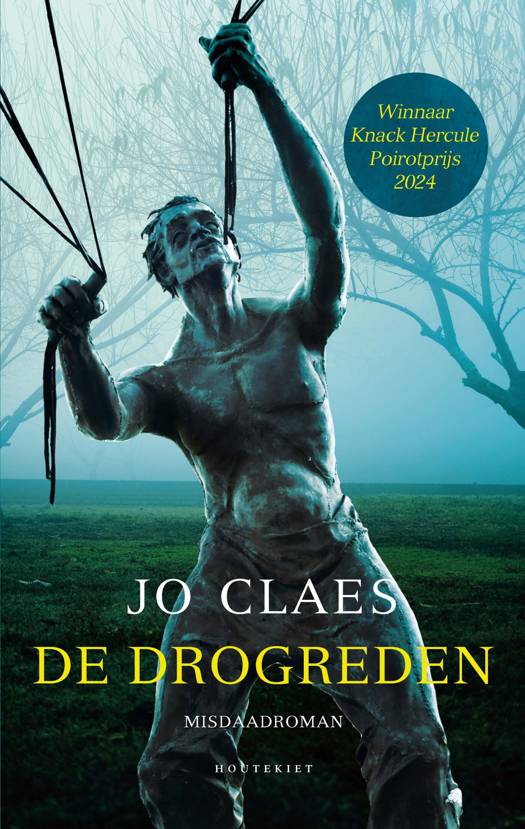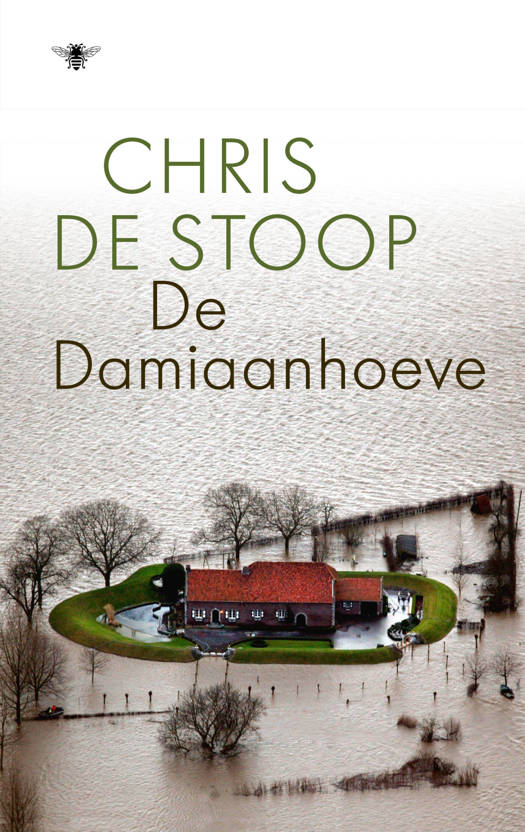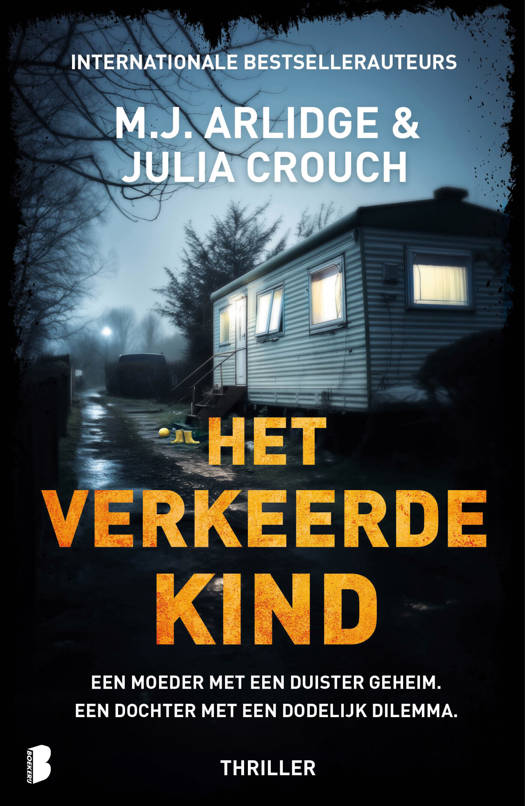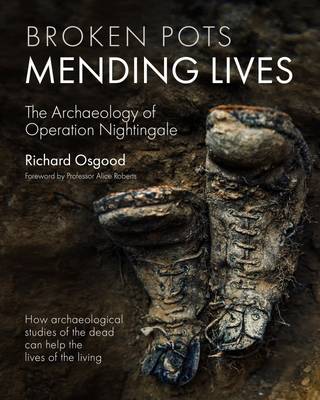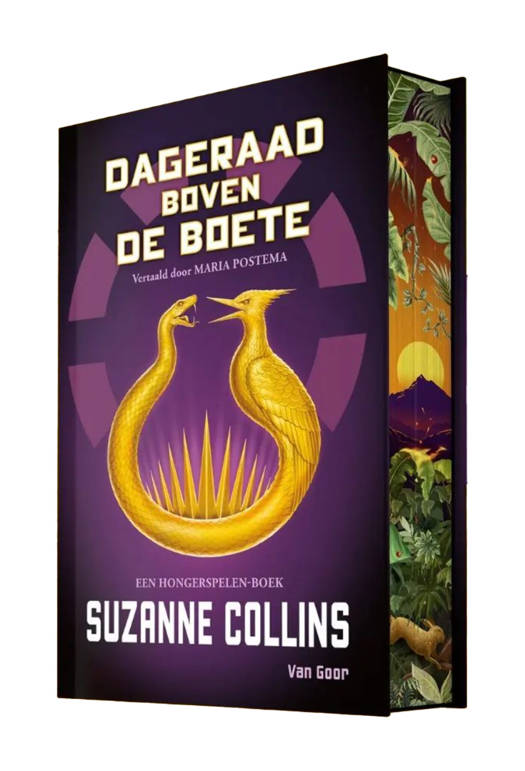
- Afhalen na 1 uur in een winkel met voorraad
- Gratis thuislevering in België vanaf € 30
- Ruim aanbod met 7 miljoen producten
- Afhalen na 1 uur in een winkel met voorraad
- Gratis thuislevering in België vanaf € 30
- Ruim aanbod met 7 miljoen producten
Zoeken
Broken Pots, Mending Lives
The Archaeology of Operation Nightingale
Richard Osgood
Hardcover | Engels
€ 62,45
+ 124 punten
Omschrijving
The first publication to feature the innovative Operation Nightingale project, which helps wounded soldiers through involvement in archaeology.
For those that survive, the traumas of military conflict can be long-lasting. It might seem astonishing that archaeology, with its uncovering of the traces of the long-dead, of battlefields, of skeletal remains, could provide solace, and yet there is something magical about the subject. Operation Nightingale is a program set up in 2011 within the Ministry of Defence of the United Kingdom to help facilitate the recovery of armed forces personnel recently engaged in armed conflicts in Afghanistan and Iraq, using the archaeology of the British Training Areas. In the following decade, the project expanded to include veterans of older conflicts and of other nations - from the United States, from Poland, from Australia and elsewhere.
In archaeology there is a job for everyone: from surveying and drawing, to examining the finds, to digging itself. Often this is in some of the most beautiful and restful of landscapes and with talks around a campfire at the end of the day.
This book is the story of those veterans, of their incredible discoveries, of their own journeys of recovery - and sometimes into a lifetime of archaeology. From the crash sites of Spitfires and trenches of the Western Front in the First World War, through to burial grounds of convicts, camp sites of Hessian mercenaries, and Anglo-Saxon cemeteries. Lavishly illustrated, this work will show the reader how the discovery of our shared past - of long-forgotten houses, of glinting gold jewelry, of broken pots, can be restorative and help people mend otherwise damaged lives.
For those that survive, the traumas of military conflict can be long-lasting. It might seem astonishing that archaeology, with its uncovering of the traces of the long-dead, of battlefields, of skeletal remains, could provide solace, and yet there is something magical about the subject. Operation Nightingale is a program set up in 2011 within the Ministry of Defence of the United Kingdom to help facilitate the recovery of armed forces personnel recently engaged in armed conflicts in Afghanistan and Iraq, using the archaeology of the British Training Areas. In the following decade, the project expanded to include veterans of older conflicts and of other nations - from the United States, from Poland, from Australia and elsewhere.
In archaeology there is a job for everyone: from surveying and drawing, to examining the finds, to digging itself. Often this is in some of the most beautiful and restful of landscapes and with talks around a campfire at the end of the day.
This book is the story of those veterans, of their incredible discoveries, of their own journeys of recovery - and sometimes into a lifetime of archaeology. From the crash sites of Spitfires and trenches of the Western Front in the First World War, through to burial grounds of convicts, camp sites of Hessian mercenaries, and Anglo-Saxon cemeteries. Lavishly illustrated, this work will show the reader how the discovery of our shared past - of long-forgotten houses, of glinting gold jewelry, of broken pots, can be restorative and help people mend otherwise damaged lives.
Specificaties
Betrokkenen
- Auteur(s):
- Uitgeverij:
Inhoud
- Aantal bladzijden:
- 256
- Taal:
- Engels
Eigenschappen
- Productcode (EAN):
- 9781636242460
- Verschijningsdatum:
- 17/08/2023
- Uitvoering:
- Hardcover
- Formaat:
- Genaaid
- Afmetingen:
- 204 mm x 250 mm
- Gewicht:
- 929 g
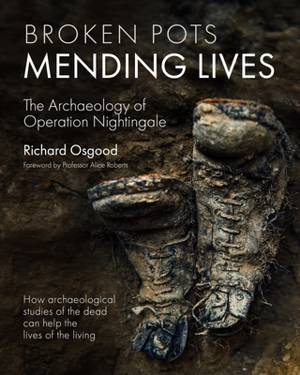
Alleen bij Standaard Boekhandel
+ 124 punten op je klantenkaart van Standaard Boekhandel
Beoordelingen
We publiceren alleen reviews die voldoen aan de voorwaarden voor reviews. Bekijk onze voorwaarden voor reviews.


